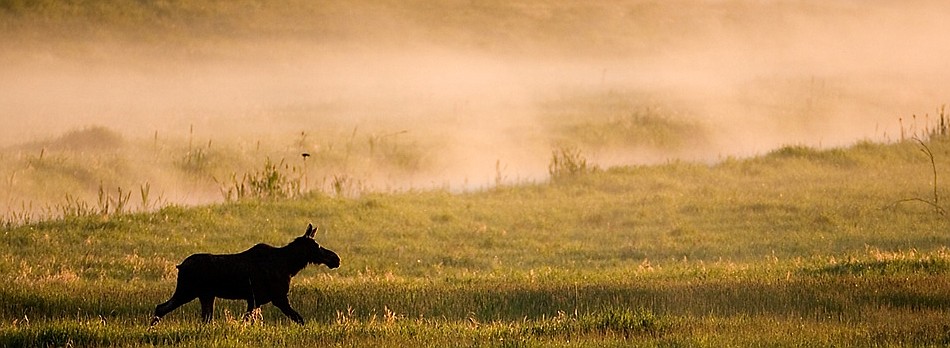Feds propose opening more refuges to hunting and fishing opportunities
More land in Idaho will be opened to hunters and anglers under a move by the federal government to amend rules at some federal wildlife refuges.
The Trump administration this week announced plans to expand hunting and fishing in 77 wildlife refuges in 37 states, including Idaho.
The administration said it would open seven national refuges to hunting and fishing for the first time, according to reports.
Alice Hanley, who manages the Kootenai National Wildlife Refuge, said the latest proposals could change some of the refuge’s hunting and fishing rules, but not before they undergo public scrutiny.
“They would be minor changes, but they have to be sent out for public review,” Hanley said.
The 2,774-acre refuge near Bonners Ferry that opened under federal management in the 1960s has always been open to hunting and fishing, Hanley said.
The latest proposals are part of a periodic process that examines how wildlife refuges are used, Hanley said.
Proposals for the Kootenai refuge include opening Deep Creek, which runs through the refuge, to bank fishing, and allowing hunters to target snipe during the fall waterfowl season.
The federal review could result in similar hunting and fishing regulation changes on 2,200 square miles nationally.
Minidoka National Wildlife Refuge in southern Idaho could adopt a bow hunting season for elk under possible rule changes, and have a longer boating season.
Public comment for the hunting and fishing rule changes at the Kootenai refuge will be accepted until April 30.
Refuges in western Montana including Swan River and Lee Metcalf could allow limited deer, bear and turkey hunts. The Turnbull National Wildlife Refuge south of Spokane could open 231 acres of Upper Turnbull Slough to youth and adult mentor hunting between October and December. The slough is already open to youth-only waterfowl hunting,
Wildlife refuges date back to 1864 when acts of Congress took Yosemite and Yellowstone into federal guardianship. In 1903 Teddy Roosevelt established the Pelican Island National Wildlife Refuge in Florida — the first official refuge in the U.S.
Setting aside sensitive land was meant to protect and manage its wildlife resources and “provide against the wanton destruction of the fish and game found within the said reservation,” according to Congress.
Conservation groups including the Boone and Crockett Club, which was founded in 1887 by writers, scientists and politicians including Theodore Roosevelt, lobbied Congress for land preserves. The groups argued resources were in jeopardy and conservation was necessary.
Several big game preserves were established in the early part of last century between 1905 and 1912, including the Wichita Mountains Forest and Game Preserve, the National Bison Range, and the National Elk Refuge, according to the U.S. Fish and Wildlife Service, which oversees refuges.
Some of the land under federal protection was meant to protect wildlife through habitat preservation, while other lands or waterways are critical habitat for migrating birds, which are managed by the federal government.
The latest reassessment could be a big step to expand hunting and fishing opportunities according to U.S. Fish and Wildlife.
“This is the largest single effort to expand hunting and fishing access in recent history,” Interior Secretary David Bernhardt said in a press release.
If accepted, the changes could eliminate 5,000 federal rules by making them consistent with state laws, according to USFWS.
Hanley said the amendments at Kootenai would make some of its rules concur with Idaho Fish and Game laws.
“These are small changes that still have to wait for public comment,” she said. “They will allow for some more opportunities for our visitors.”
Proposals can be viewed on the refuge’s website. Written comments can be mailed to Kootenai National Wildlife Refuge, Attention: Hunt Plan Comment, 287 Westside Road, Bonners Ferry, ID 83805, or via email to FW1KootenaiNWR@fws.gov.

